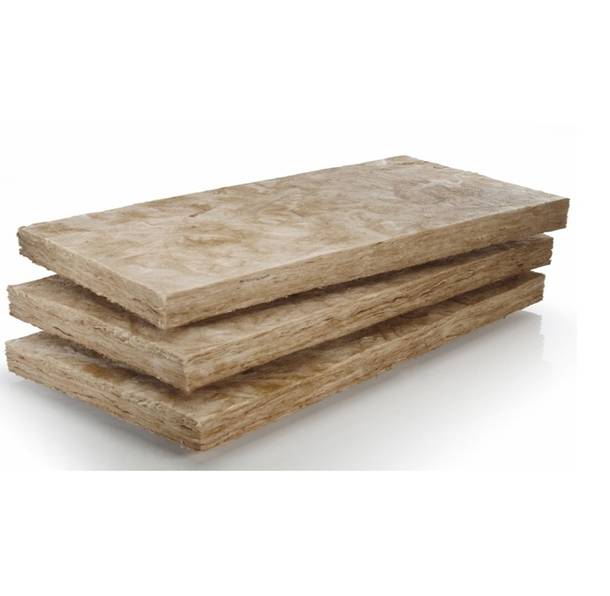Rock Wool Insulation Safety Tips
by Mark Row
Staying Safe and Insulated
Although people are usually hiring professional help when installing insulation, there are still those that are trying to do the job themselves and save some money on engaging professional insulation contractors. Probably the most important advantage on having experienced and trained contractor is the fact that you do not have to worry about potential safety issues that installing some insulation materials may bring, since you expect the contractor to have all the relevant information and alert you on potential risks. If this is not the thing with you, then you will need some rock wool insulation safety tips, since this is one of the most common materials used today.
What is Rock Wool Insulation?
First things first, let’s consider some basic properties of rock wool insulation. It consists of fine high-density and very resilient fibres packed into rolls and slabs and produced by placing molten rock mixed with a specific binder that keeps the fibres tightly bonded into vertical furnaces and exposing the material to extremely high temperatures. The material usually contains high level of recyclable content making it highly eco-friendly, since the manufacturing process consumes less energy than the amount saved upon installation. It also has some fire resistant properties and can withstand certain amounts of water and moisture, why it can be installed in highly humid and damp areas. It is compressed into plastic containers and reaches its full density and volume once released.

Rock wool insulation is among products that can be installed without professional assistance and has very broad application in almost any part of the household. It can be found in floors, walls, loft spaces, basements and ceilings, mostly due to its easy installation process and great thermal performance. The material has substantial R and U values, alongside equally important acoustic insulation values, why it also used to reduce noise transmission from one place to another, reducing mostly impact sound when added to the floors or walls.
Is It Safe?
Now, besides all the above mentioned advantages and benefits, probably the greatest issue surrounding rock wool insulation is its safety. Namely, as before mentioned, it is consisted of fine fibres compressed upon production. Once released, you will get fine and soft material that is easily cut to the desired size and shape, but can also emit small particles into the air. It was believed for a long time that these particles, if inhaled, can pose a serious threat for human’s health. This is why a lot of people were very reserved if not against installing this material.
Due to the worry about the material’s safety, many studies were carried on and they all gave the same result. Installing rock wool emits only small amount of fibres into the air, as small as less than one fibre per cubic cm. The researches have shown that, even if inhaled, these can not endanger our health nor cause lung cancer as it were suspected. Fortunately, this information is available worldwide nowadays via the internet, why this insulation product has become one of the most popular and most commonly used materials.
All the facts stated should convince you that there is no room for second thoughts when opting for this type of insulation. However, if you want to stay on the safe side, it is always wise to take some precautions, so we herewith address some rock wool insulation safety measures:
- If you are hiring a professional, make sure to have all relevant information on the installation process. Make sure to ask what is expected from you prior or upon installation, including proper ventilation.
- If you are doing the job yourself, then we advise you use some basic personal protective equipment including some gloves and a face mask. These are not too costly but will help you stay on the safe side.
- Make sure to perform the task in a well ventilated space, that is try to keep the windows opened, so that the excessive loose fibres do not stay within your home. This goes not only during installation but especially once the job is done. Just leave the windows opened for a few hours in order of making sure that there are no fibres left inside.
- Finally, if you want to make sure that the loose particles of the material will not spread to the rest of your home, it is probably a good idea to keep the space being insulated closed to the rest of your home. For example, if you are adding insulation to the walls of one room, keep the doors closed; or if you are adding it to your loft, then keep the access hatch closed until the area is well ventilated upon installation.
Compare different rock wool insulation products and brands and pick the best one for your home improvement project, or seek advice from our experts through live chat. You are welcome to leave a comment or share the article.






















































































































